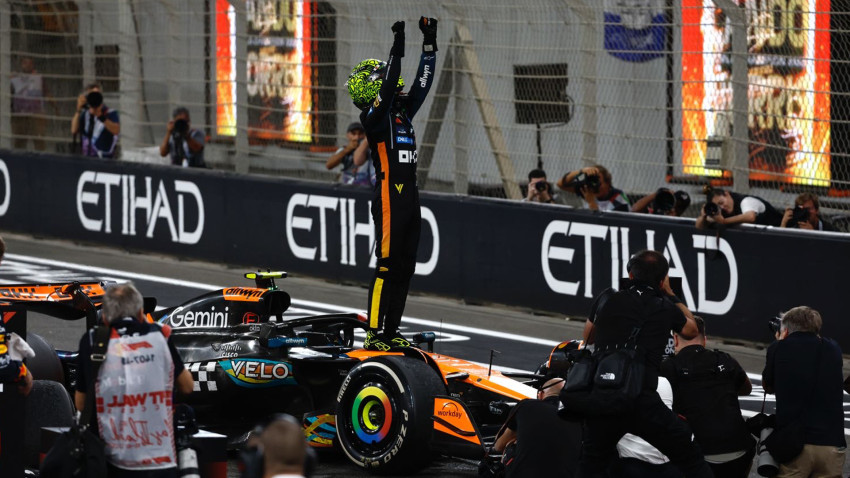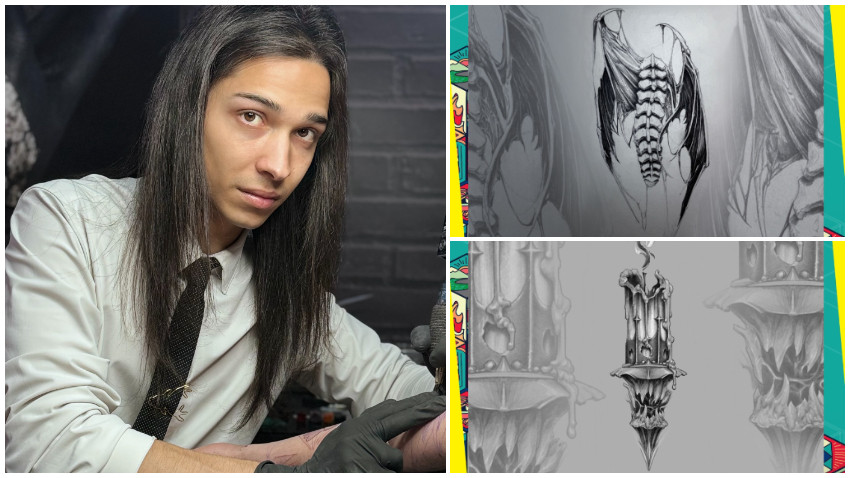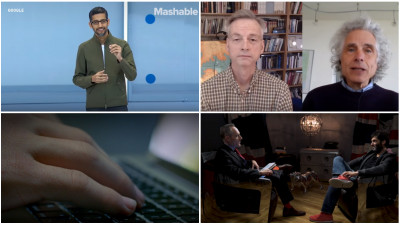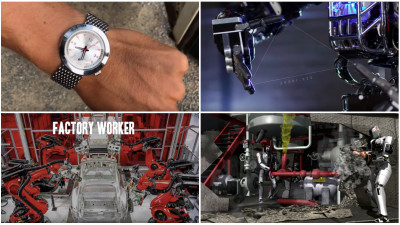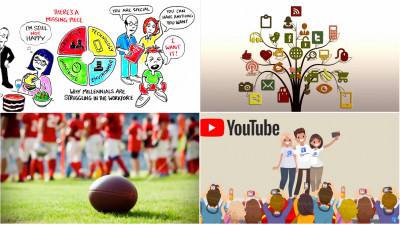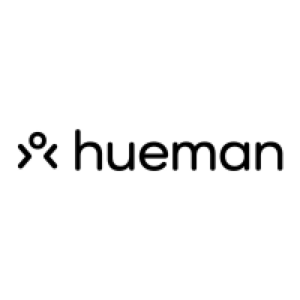Pana sa ne dam seama unde incepe sufletul, avem un corp de ingrijit. Sau de transformat. Unii se mira ce masinarie uimitoare avem la dispozitie. Altii cred ca e neincapator, ca se poate lucra la perfectionarea lui. Sau ca multe parti au devenit inutile si vor disparea. De exemplu, in 2523 nu vom mai avea degete la picioare. Ce bine ca mai e mult pana atunci. Si intre timp ne mai permitem sa vorbim si despre suflet. De exemplu, cat depinde el de corpul cu care se ajuta pe Terra? Si daca in viitor va locui in corpuri de metal, in ce se va metamorfoza el?
Ne-a placut citatul lui Mark O’Connell din To Be a Machine, asa ca il dam mai departe:
“I’d begun to think of the Immortality Bus as the Entropy Bus, and of ourselves as trundling across Texas in a great mobile metaphor for the inevitable decline of all things, the disintegration of all systems over time.”
Avem mai jos cateva statii ale Autobuzului Imortalitatii, unde se vorbeste despre suflete cuantice si corpurile care nu le mai incap.
TEDx Brussels 2010 - Stuart Hameroff - Do we have a quantum Soul?
Dr. Hameroff's research for 35 years has involved consciousness - how the pinkish gray meat between our ears produces the richness of experiential awareness. A clinical anesthesiologist, Hameroff has studied how anesthetic gas molecules selectively erase consciousness via delicate quantum effects on protein dynamics. Following a longstanding interest in the computational capacity of microtubules inside neurons, Hameroff teamed with the eminent British physicist Sir Roger Penrose to develop a controversial quantum theory of consciousness called orchestrated objective reduction (Orch OR) which connects brain processes to fundamental spacetime geometry. Recently Hameroff has explored the theoretical implications of Orch OR for consciousness to exist independent of the body, distributed in deeper, lower, faster scales in non-local, holographic spacetime, raising possible scientific approaches to the soul and spirituality.
Reinventing the body | Deepak Chopra | TEDxTimesSquare
This talk was given at a local TEDx event, produced independently of the TED Conferences. Think of your body as a process - as a verb, not a noun. Learn how to move in the direction of good health, resurrect your soul, influence markers of aging at the cellular level and change your perception of your physical body. Deepak Chopra, MD serves as the Founder and Chairman of The Chopra Foundation. As a global leader and pioneer in the field of mind-body medicine, Chopra transforms the way the world views physical, mental, emotional, spiritual, and social wellness. Known as a prolific author of more than seventy-five books with twenty-two New York Times best sellers in both fiction and non-fiction, his works have been published in more than thirty-five languages.
Mark O'Connell @ 5x15 - The Dissolving Border Between Humans and Machines Mark
O’Connell is a journalist, essayist, and literary critic from Dublin. He is a regular contributor to the New Yorker blog, a books columnist for Slate, and a staff writer at The Millions. His work has been published in the New York Times Magazine, the New York Times Book Review, the Sunday Times Magazine and the Observer. His book, 'To Be A Machine: Adventures among Cyborgs, Utopians, Hackers, and the Futurists Solving the Modest Problem of Death', is published by Granta.
Better, Stronger, Faster: The Future of the Bionic Body
In the future, a woman with a spinal cord injury could make a full recovery; a baby with a weak heart could pump his own blood. How close are we today to the bold promise of bionics—and could this technology be used to improve normal human functions, as well as to repair us? Join Bill Blakemore, John Donoghue, Jennifer French, Joseph J. Fins, and P. Hunter Peckham at "Better, Stronger, Faster," part of the Big Ideas Series, as they explore the unfolding future of embedded technology.
Will humans become bionic? - BBC Click
Should robots pay tax or would that hurt their feelings? Click meets the robots of the future and the human eyeborg. Includes tech news.
15 Human Body Parts That Will Disappear One Day
15 Useless Body Parts That We Don't Really Need. We can surprisingly live without these 15 body parts. If you ever thought that all people are built the same, think again. If you thought that all our body parts are vitally important, you were not right again. In the first chapter of The Descent of Man, Charles Darwin identified roughly a dozen body parts that he gleefully described as "useless, or nearly useless." Darwin's catalog was far from complete: our bodies are littered with the parts we don't need.
Bigorexia: Never Buff Enough | BBC Newsbeat
Thousands of men are living with an extreme body image disorder known as bigorexia. Experts estimate one-in-ten men training in gyms in the UK may have the condition. It's been compared to anorexia in reverse - where men become obsessed with putting on muscle. It can lead to depression, steroid abuse and in extreme cases, death.
Brazil's plastic surgery obsession | Unreported World
Making Brazil Beautiful: Seyi Rhodes reports on an astonishing rise in plastic surgery in Brazil, up 40% in two years. Low income women in Rio have access to cut-price and even free plastic surgery thanks to surgeons that believe the poor have a right to beauty too.
Why Do The Koreans Get Plastic Surgery | ASIAN BOSS
Behind the plastic surgery boom in South Korea
Globally, surgeons performed more than 20 million cosmetic procedures last year. South Korea, a country of about 50 million people, accounted for nearly a million of them. It reportedly has the highest rate of plastic surgery per capita. Seth Doane visited Seoul to look at the country's $5 billion dollar a year industry.
Rodrigo Alves Has FOUR Ribs Removed | HOOKED ON THE LOOK
Rodrigo Alves has lost five inches off his waistline thanks to his controversial rib removal procedure - and he is hoping to shrink to a tiny 20-inch waist - if he keeps wearing corsets. The 34-year-old plastic surgery addict claims he had the $28,000 procedure not to match any conventional standards of beauty but so that he can look even more unique. Thanks to his rib removal surgery - where he had four floating ribs removed - and constant corset wearing Rodrigo, who has been dubbed the Human Ken Doll, has dropped from a 34 inch waist to 29 inches. Rodrigo finally has the coveted silhouette he’s wanted for so long – but admits he needs to wear a corset 24 hours a day to maintain his hour glass curves.
Ken The Living Doll | My Strange Addiction
Justin, Venus, and Emily will do whatever it takes to become living dolls.
How cosmetic surgery is changing the face of beauty and medicine
Welcome to the new world of enhanced "beauty" where there's nothing natural about the faces and bodies created by cosmetic procedures. In this Four Corners documentary, reporter Louise Milligan uncovers cases of women left disfigured and in pain, struggling to find the money to afford corrective surgery to give them back their dignity.
What It's Like As Britain's Fattest Man | (Obesesity Documentary) | Only Human
The programme that sets out to explore the last great unexplored territory on Earth, taking a journey through the epic landscapes inside the body of a 49 stone man.
Children Eating Themselves to Death | (Medical Documentary) | Only Human
Everyone needs food to live, but there is a group of people who, without intervention, could literally eat themselves to death.
What Happens To Your Body When You Start Exercising Regularly
Leading a more active lifestyle takes time, effort, and determination, but in the end, it's really worth the shot. Here's what will happen to your body when you exercise regularly.
Can Science Make Me Perfect? With Alice Roberts
According to science, this is what the perfect human should look like.
Human designed to survive car crashes
The Transport Accident Commission (TAC) created "Graham," a lifelike sculpture that shows what humans would look like if we were designed to survive car crashes. The project aims to show how susceptible humans are to car accidents and to underscore the need to improve safety on roads.


![[Weekend Watch List] Sufletele noastre viitoare și corpurile lor ultrarezistente de metal](https://media.iqads.ro/2018/09/collage19-cover-850.jpg?v=201810030424)

